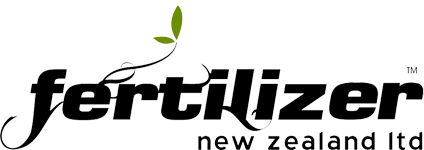Farmers Face the Choice
Choose to change their farming practices or face the very real prospect that they will have change forced on them.
In my life time I have seen a lot of changes, Tractors have changed from the 1950’s to 2018.


I also remember when the fertiliser was spread by truck but the bags would be cut open and poured into the hopper at the back of the truck; now we have all this automated. Yes, a lot has changed within the farming sector. Yet despite all these brilliant changes some things have stayed the same. Our fertiliser programmes still use the same soil tests, use the same phosphate and nitrogen that my father used back then. It seems to me that we are set into a time warp. Today’s consumers are telling us that those who produce our food WILL CHANGE. There will be no choice in the matter. I have been talking about different methods for 25 years, but some farmers told me that they would prefer to wait until the Government legislates those changes. Everyone down on the farm now knows change is inevitable. It started with the “Dirty Dairying” slogan. The media took up on this, but the main point has been overlooked. David Parker is saying, “[improving waterways] won’t be done through a raw cap on cow numbers; it will be done on nutrient limits…”.
Fertilizer NZ has been supportive of the Company which make and market the TOW AND FERT sprayers. More recently we have been working closer together. Here is an excerpt from their hand-out.
Yes, there is a better way. Foliar application explained.
Foliar application of fertiliser is not a new method of getting nutrients into pasture, but it is one that is misunderstood. We are all taught about photosynthesis in school biology. We understand how the plant uses light and CO2 in the air to then produce oxygen. What we are not taught is that plants also absorb and process nutrients through their leaves.
Looking under a microscope at the leaf of grass it is clearly identifiable that there are holes. It is these holes that absorb the liquid applied to the grass sward. An example of this would be Roundup. We all know that it is applied as a liquid and it is applied to the leaf of the plant. What happens? The grass or plant dies. That is foliar application working. So, the reverse is true. If we apply the nutrient a plant needs to the leaf, then it will absorb those nutrients and put them to work.
In fact, leaf of the grass will absorb the nutrients it needs, and it does this in a matter of hours of application, making the efficiency of what it uses much greater. This means the plant needs less of those nutrients for the same results. The nett result is that farmers can use less of the fertiliser like N.P.K. and trace elements for the same, or better, results in grass growth.
From John Barnes and the Team at Fertilizer New Zealand

